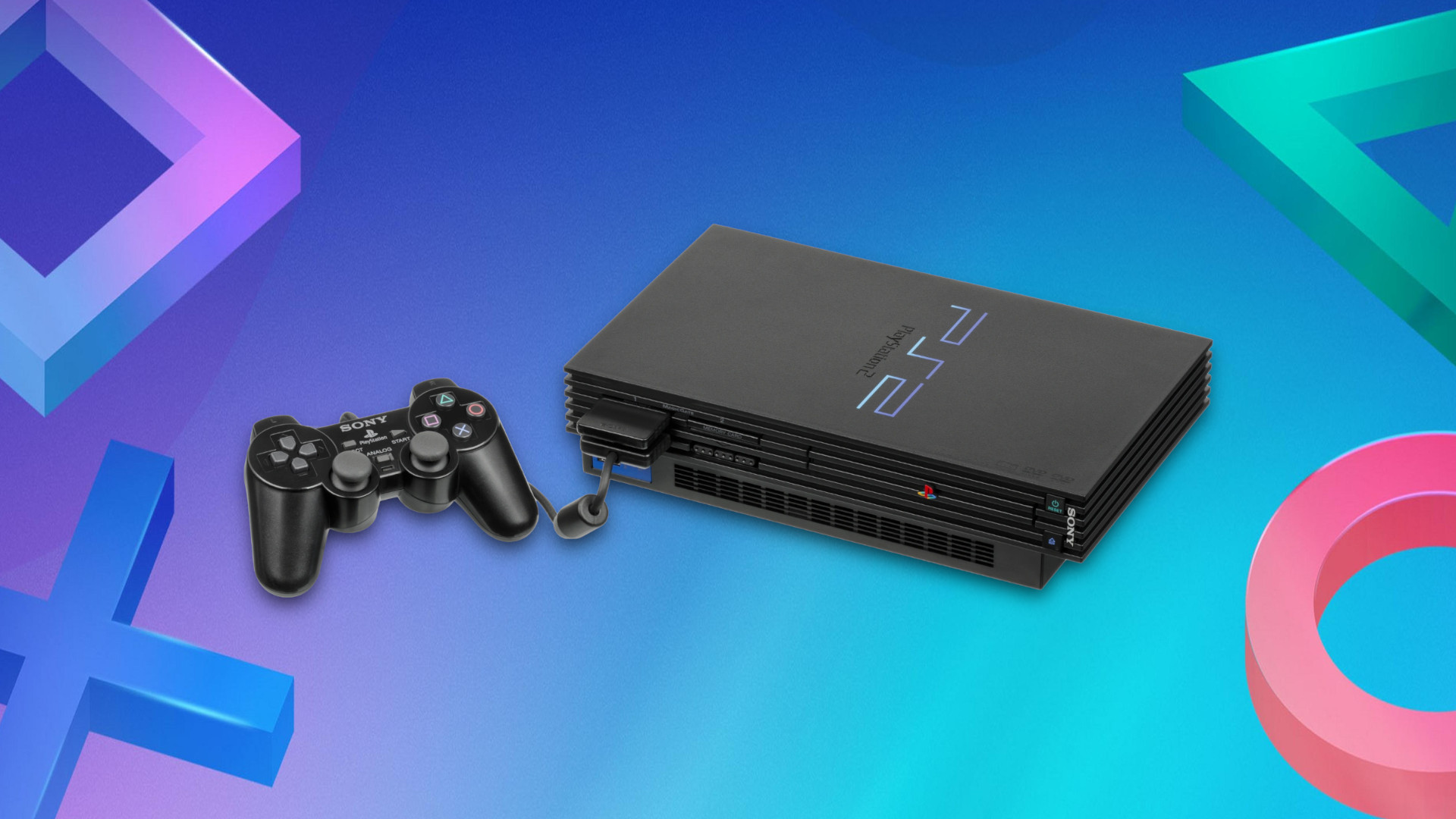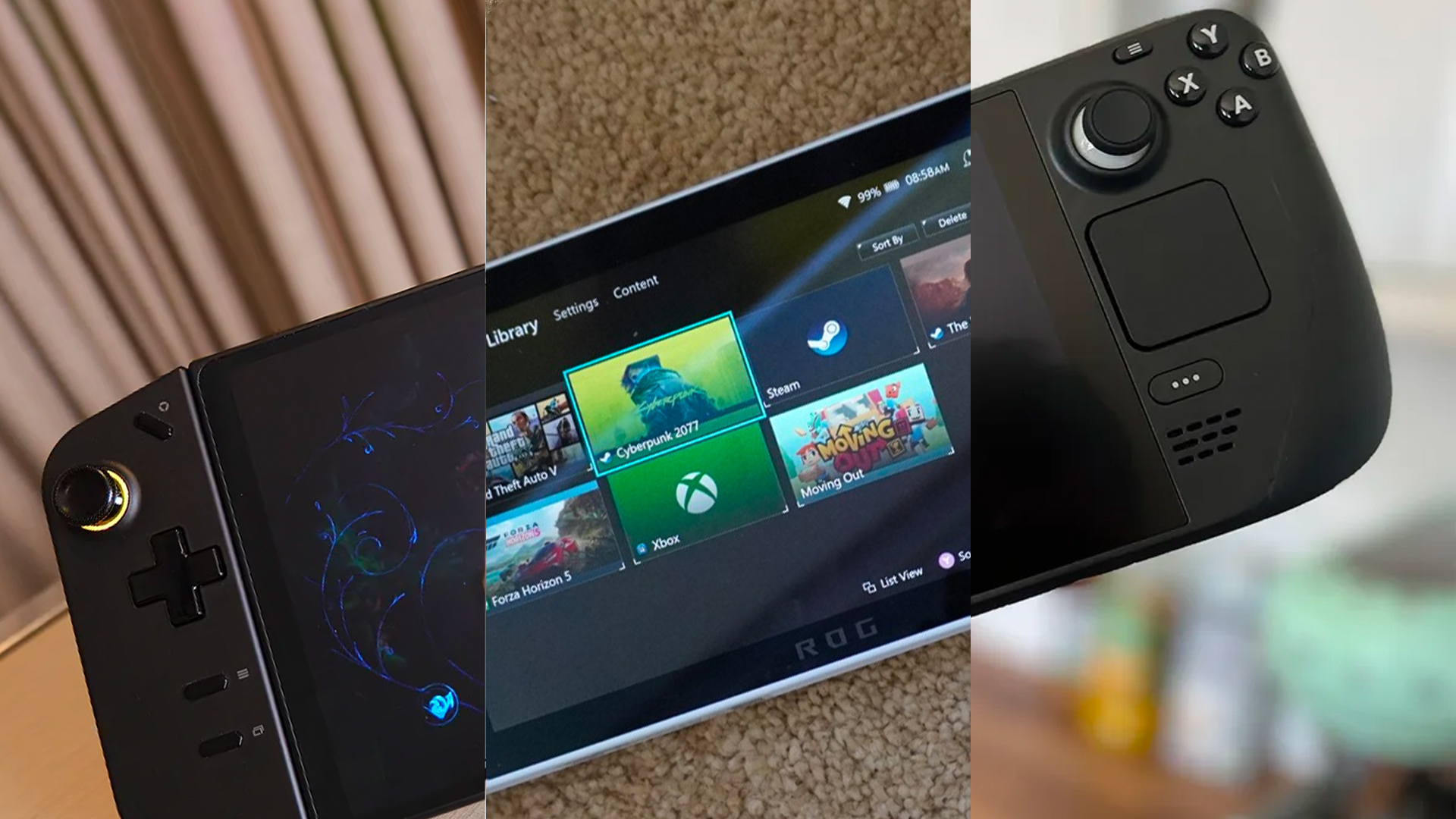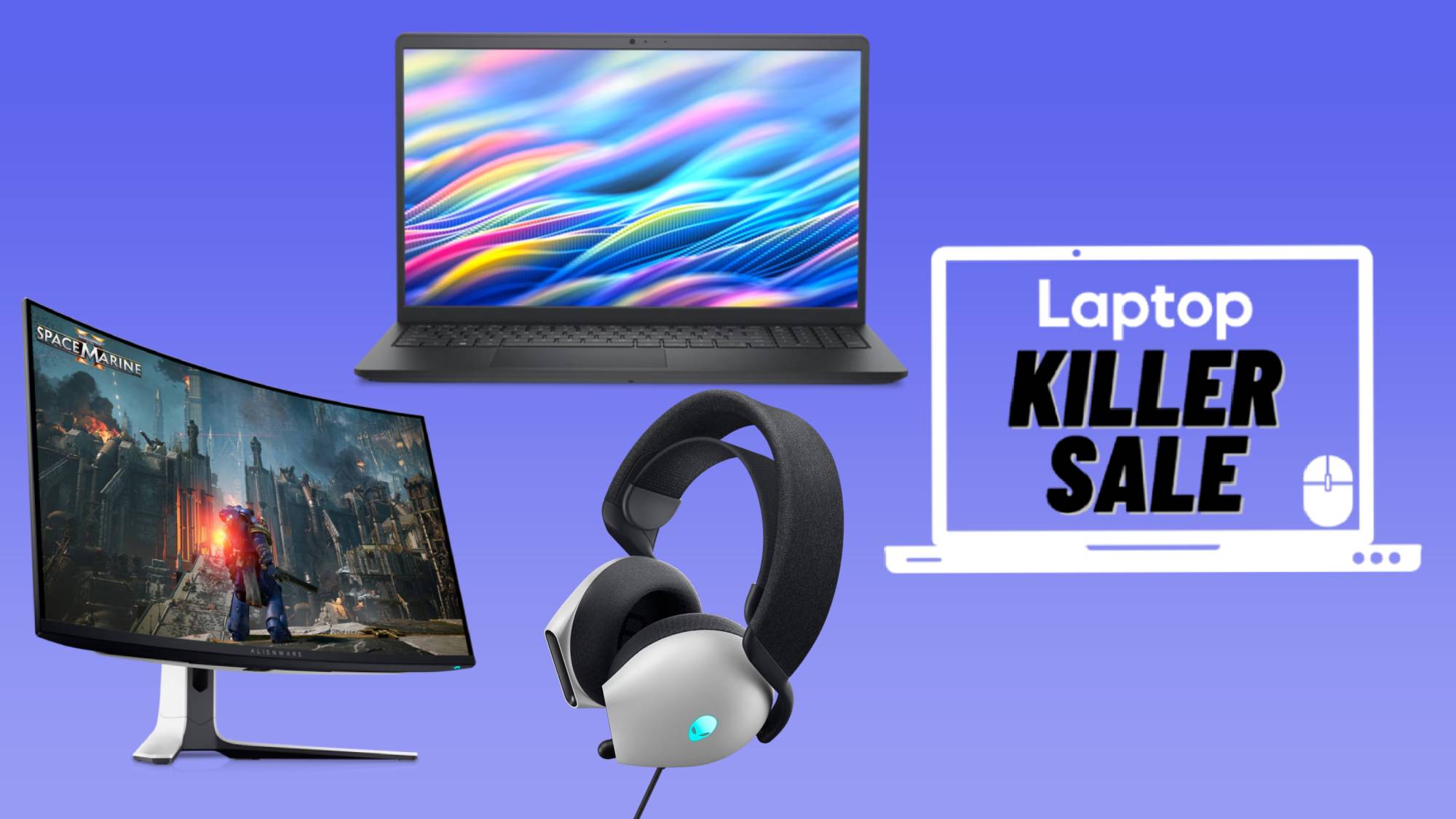The PS5 Pro has jumped the shark, buy a handheld gaming PC instead
I avoided the PS5 in fear of the PS5 Pro, and now I'm avoiding that too.

Hello there, proud non-owner of a PS5 here. Not because my allegiance lies with Xbox or Nintendo, but because I've been lying in wait like a soap opera villain, waiting to menacingly cackle at those foolish enough to spend $499 on Sony's ninth-generation console — and when the PS5 Pro launches on November 7, that wait finally comes to an end.
I've been a console gamer for decades now, and that kind of historical knowledge has allowed me to see one thing quite clearly: The writing is on the wall, game consoles are falling off.
But stick with me, because there is an alternative.
Game consoles: How the mighty have fallen
What was once the bastion of uncomplex gaming, consoles are now adopting all of the laborious elements of maintaining a well specced PC, though somehow losing out on any of the benefits.
Game consoles used to be simple, a multi-year platform that required you to put as much thought into upgrades, specs, and graphics settings as you would to blinking, breathing, or improvising the next logical kitchen utensil you'll use to eat cereal with when all the spoons are dirty (it's a fork, you can drink the milk once you're done).
The most mentally taxing part of owning an Xbox or a PlayStation was thinking up replies to mean-spirited PC gamers who would mock you for your limited frame rates and lower resolutions on social media.
Nowadays, the game console landscape has shifted considerably. The pustule of paid online multiplayer has proliferated and spread, snowballing into microtransactions, $70 games, and digital-only consoles that shirk the responsibilities these platforms held as the final stand for physical media.
Sign up to receive The Snapshot, a free special dispatch from Laptop Mag, in your inbox.
Yes, it may eventually work out better for the environment to some degree (though there are arguments to be made about the impact of server upkeep for digital downloads versus the once-and-done production of plastic cases and computer discs), but if a few dolphins have to die every year to make sure I can play Transformers: Fall of Cybertron (and the myriad of other de-listed games of the digital era) as and when I please, then so well be it.

Mid-cycle console refreshes: The straw that broke this camel's back
Perhaps the most egregious of sins in the modern era is the mid-cycle refresh — a way for some console kings to mock their most loyal subjects by rewarding their crucial support during an initial launch window with the option of buying a new, more expensive model at an even larger asking price (or accept their fate as owners of a second-class console).
It feels like Sony's playbook for making money this generation is short enough to fit inside a fortune cookie, and if we were to crack it open and unfurl the note inside, we'd be met by only one word: "Nostalgia."
Take away its improved graphical potential that developers will be hamstrung to take full use of thanks to the existence of the base PS5, the option to make all of your games faster and fuzzier thanks to Sony's DLSS-like PlayStation Spectral Super Resolution or its enhanced ray-tracing, and what's left?
I'll tell you what. A $699 hardware remake of a console that came out four years ago (sans optical drive) that will let you buy remakes of games that you bought and completed ten years ago which were originally released on a console you previously bought that came out 11 years ago.
Or, if you're really gullible, all of that, wearing the skin suit of a beloved console that was released 30 years ago, including themed controllers and a PlayStation Portal for the low-low price of just $1,000 — while stock lasts.
It feels like Sony's playbook for making money this generation is short enough to fit inside a fortune cookie, and if we were to crack it open and unfurl the note inside, we'd be met by only one word: "Nostalgia."
Handheld gaming PCs are everything consoles used to be
However, this corruption of the game console market has me feeling nostalgia for something entirely different — the youthful nights of hiding under my duvet and searing away my corneas into the early hours while glued to my Game Gear.
While something like the PS5 Pro has me turning away from consoles, I'm finding myself more and more attracted to the prospect of owning a handheld gaming PC like the Steam Deck or ROG Ally X.
Handheld gaming PCs now represent everything consoles have lost or failed to implement, they're open, untethered from the living room setup, offer customizable gaming experiences through a wider selection of mods, and won't lock you into any one platform or ecosystem.
Furthermore, they have a library of games that dwarf other platforms, while giving access to them at much lower prices from multiple sellers. And if that's not enough, PC gamers get treated to all the free spoils from storefronts like Good Old Games and the Epic Games Store on the regular.

There will never be a gaming PC 2 like there might be a PlayStation 6
Before you call me out for it, I'm already well aware of my own hypocrisy. While I can look at the PS5 Pro and be turned away from mid-cycle refreshes, handheld gaming PCs like the original ROG Ally are already receiving their own just one year on in the form of the ROG Ally X.
Well, to counter that: There'll never be a gaming PC 2 that I have to worry about sneaking up over the horizon like I would the PlayStation 6. Something that completely switches up the ecosystem and leaves me needing to adopt a whole new game library that features exclusive titles I won't have access to.
Plus, while I admit that the fast and frenzied releases in the handheld gaming PC world can make it a little harder to know when it's safe to jump on the bandwagon, I can say that, whether I were to wait to invest in the upcoming Lenovo Legion Go 2 or pick up the slightly aging but reliable Steam Deck, I know that either way I'm buying a gaming laptop lite.
I won't be expecting the performance found in the best gaming laptops, but I will be expecting console convenience with a gaming PC foundation to fall back on.
What's next
For the moment, I'm done with consoles. In their place, I'm holding up handheld gaming PCs as my recommended go-to. Until the industry churns things up and out so thick and fast that their products turn to butter and slip through the interest of consumers, anyway.
Even if a new refresh comes along that tempts me, I feel like there's more value in a gaming handheld. Those upgrading to a PS5 Pro from the PS5 will have potentially paid around $1,200 to do so.
Meanwhile, paying similarly for a handheld gaming PC and its refresh, the money you'd save on game purchases and PlayStation Plus membership alone would likely see things work out as the much wiser investment within a year.
Sure, I may miss out on those expanded resolutions and faster frame rates. But what can I say? I'm a console gamer. I've had plenty of fun without all that in the past, and I'll have plenty more in the future.
More from Laptop Mag

Rael Hornby, potentially influenced by far too many LucasArts titles at an early age, once thought he’d grow up to be a mighty pirate. However, after several interventions with close friends and family members, you’re now much more likely to see his name attached to the bylines of tech articles. While not maintaining a double life as an aspiring writer by day and indie game dev by night, you’ll find him sat in a corner somewhere muttering to himself about microtransactions or hunting down promising indie games on Twitter.
